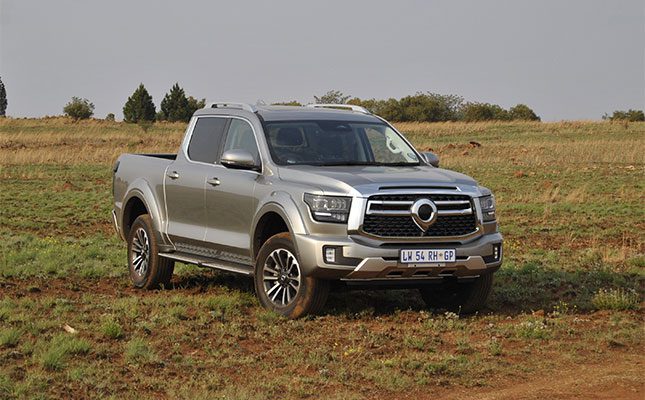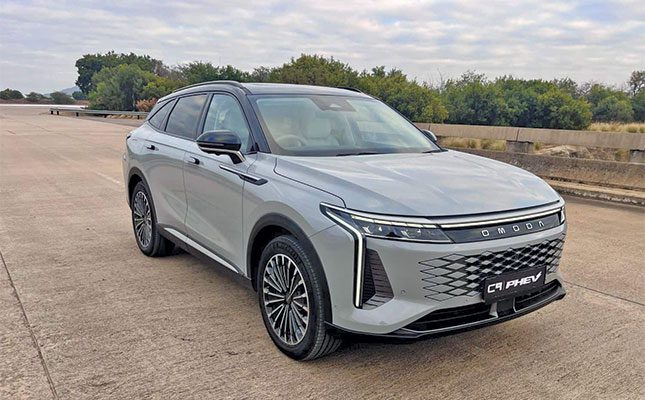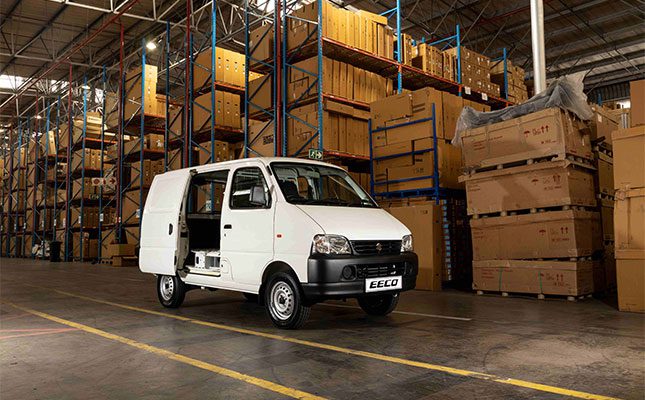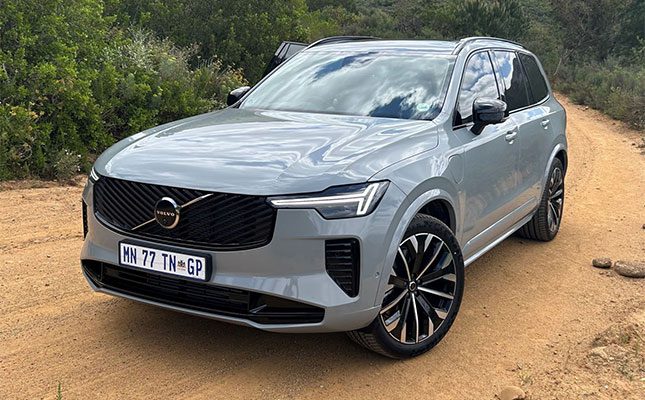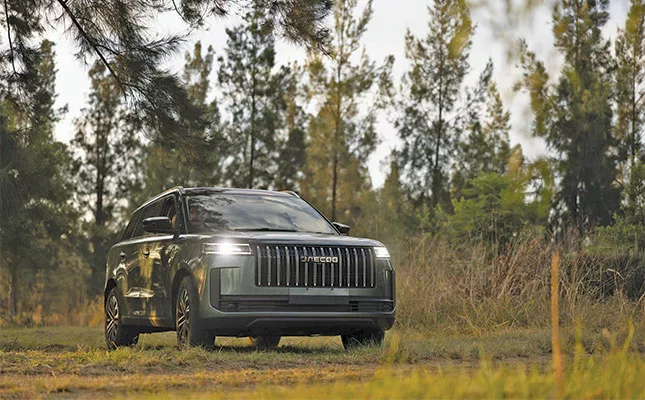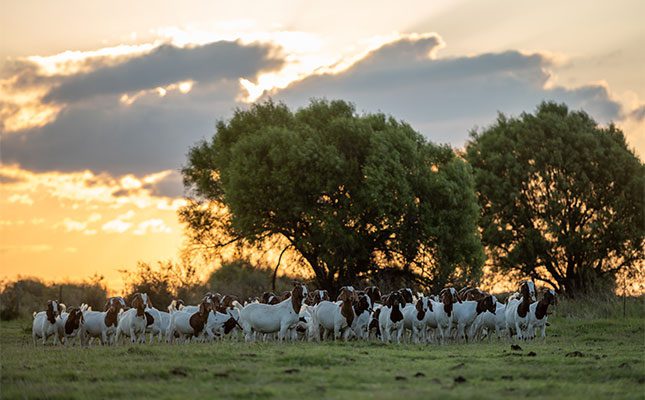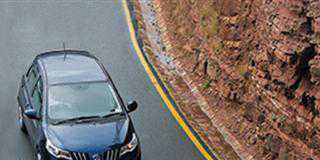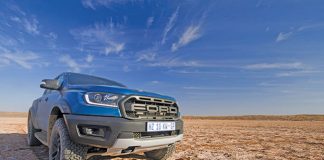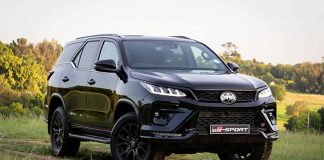
Photo: Carl Bosch
Foton has made steady inroads into the local bakkie market since its official return to the segment last year, and the all-paw model will complement the two-wheel drive single cab, which was the only derivative before.
Predictably dearer at R419 900 versus R329 900, the arrival of the single cab for the weeklong test came with yet another surprise as, instead of a different derivative, Foton had supplied the displayed vehicle, complete with in “farm-ready regalia”. Seemingly a deliberate attempt to appeal to a vital segment of the market, the various accessories included cattle rails, side-steps and a prominent nudge bar.
The single cab 4×4’s main difference only includes 17″ alloy wheels compared to the 4×2’s 16″ steelies.
Row it yourself
Besides its four-wheel drive system, it also harks back to past bakkies by only offering a manual gearbox, unlike the optional automatics available on the Ford Ranger, Isuzu D-Max, Toyota Hilux and Mahindra Pik Up.
Still powered by the Cummins co-developed 2,0ℓ turbodiesel engine, what remains the bread-and-butter Tunland G7 variant, alongside the two-wheel drive, not only presents a compelling prospect price-wise, but for feeling un-workhorse-like despite being anything perfect.
Discontinuing the admittedly purposeful and exterior-enhancing accessories, the single-cab Tunland, arguably, strikes a more distinctive and aggressive figure than the double cab.
Gone is the oddly proportioned loadbox and replaced by a bin measuring 2 315mm long and 1 580mm wide.
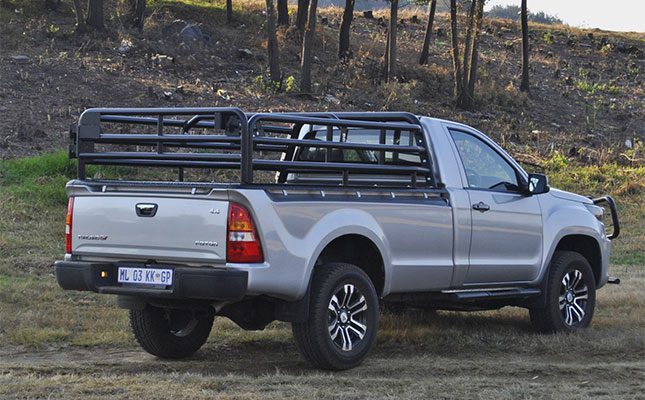
Cabin scores big
Like the double cab, the interior remains the Tunland G7’s biggest highlight, even more with the single cab, as very little has changed.
Compared to the single-cab Isuzu D-Max, the Tunland G7 feels in a different league as it comes standard with the pair of 12,3″ displays for the infotainment system and instrument cluster.
Appearing almost out of place for a single cab, the cabin is ergonomically well laid-out and the materials near upmarket for a workhorse, with a mix of soft-touch and hard but solid feeling plastics.
What remains irksome is the lack of sufficient height adjustment for the driver’s seat, which doesn’t allow it to be dropped all the way to the floor.
Compounding this further is the steering wheel that only adjusts for height which, combined with the upright instrument cluster, makes a clear view of all the various readouts impossible.
Lots of spec
The leisure side is reflected in the specification sheet as, apart from the pair of displays, the Tunland G7 single cab comes equipped with electric windows and mirrors, automatic air-conditioning, push-button start, a pair of USB ports, Apple CarPlay and Android Auto, and a multi-function steering wheel.
Upping the ante further is cruise control, dual front airbags, rear parking sensors, ABS and EBD.
In fact, the only item lacking is a reverse camera as manoeuvring the Tunland G7 in tight confines becomes tricky, not only due to its steering circle, but also because of a heavy power steering setup.

Powertrain not perfect
It is on the move, though, where, once again, the Tunland G7’s main flaw becomes apparent.
As with the double cabs, the 2,0ℓ oil-burner sounds rough akin to an Isuzu unit of three decades ago, though it does quieten down on the move.
Although its lack of refinement is more forgivable as a single cab, the low-down lag and short ratios of the six-speed gearbox aren’t as easy to overlook.
In fact, combined with the typical Chinese vehicle problems of an overly sensitive clutch and badly calibrated throttle, manhandling the gearbox is almost needed to keep the engine on the boil.
This remains the most annoying aspect of the Tunland G7 as, even in single- cab form, the engine is free revving and comes with a strong shove once the tachometer goes over 2 000rpm.
Credible performer
Producing 120kW of power and 390Nm of torque, in the body of the lighter single cab, even with the four-wheel drive system, the Tunland G7 feels lively and eager to impress.
However, the strained noise higher-up the rev range will make backing off more than a consideration. The Tunland clocked 0 to 100km/h in a time of 12,9 seconds during our test.
That’s eight-tenths slower than the 4×2, but on par with admittedly heavier but also powerful double cabs such as the Nissan Navara.
Besides the single-turbo Ford Ranger, the Tunland G7 also beat the 1,9ℓ Isuzu D-Max, the GWM P300 with a new 2,4ℓ turbodiesel engine and, by some margin, the twin-turbo LDV T60.
Worth noting that all of the mentioned vehicles are four-wheel-drive double cabs with either greater or slightly less outputs than the Tunland.
Away from the test track, the single cab’s brakes felt under boosted in complete contrast to the double cab TL.
What’s more, the lower mass and lack of a load translated to a bouncy ride, which will get more supple and pliant with a few hundred kilograms in the back.
Frugal sipper
More troubling is its liveness on a gravel road, even when switched to high range four-wheel drive – again, this should become more agreeable once loaded.Despite its raucous soundtrack and mismatched accelerator/transmission calibration, the main attribute of the Tunland G7’s powerunit is its fuel consumption.
Whereas the seven days with the TL and TLX netted indicated best figures of 8,7ℓ/100 km and 8,8ℓ/100 km, respectively, the single cab, after 627km, recorded a more than commendable 8,5ℓ/100 km.
As much as the provision of double-cab bakkies to the media makes sense from an all-round practicality standpoint, and for manufacturers to show-off their newest tech, the increase in single-cab allocation makes similar sense as a double cab doesn’t always resonate with every bakkie buyer.
What’s the verdict?
Foton’s inclusion of four-wheel drive, in this regard, satisfies the need for a more “hardcore” worker that can now go where the two-wheel drive will simply bog down.
Unfairly blighted by its transmission and accelerator tuning, the single-cab Tunland G7 4×4 is an otherwise superb entrant, considering what fewer rands gets compared to a comparative legacy brand offering.
Although long-term reliability still comes with a question mark, the package presented by the Tunland is simply too hard to ignore.
Foton Tunland G7 2.0TD single cab 4×4 TLX
Engine: 2,0ℓ turbodiesel
Transmission: Six-speed manual
Power: 120W
Torque: 390Nm
Fuel consumption (tested): 8,5ℓ/100km
Licensing mass: 1 900kg
Towing capacity: 3 000kg
Payload: 1 000kg
Price: R419 900

